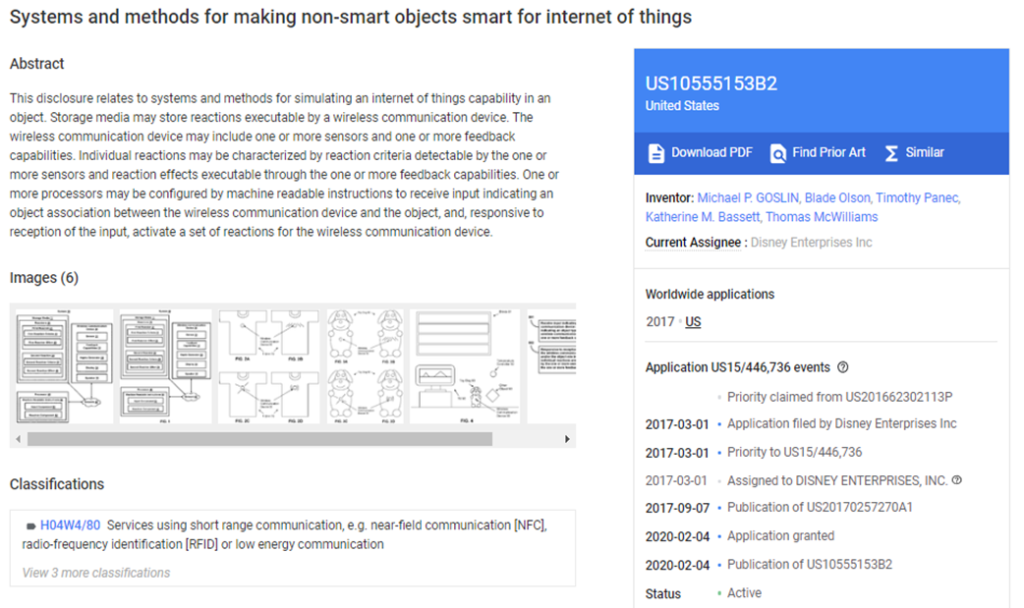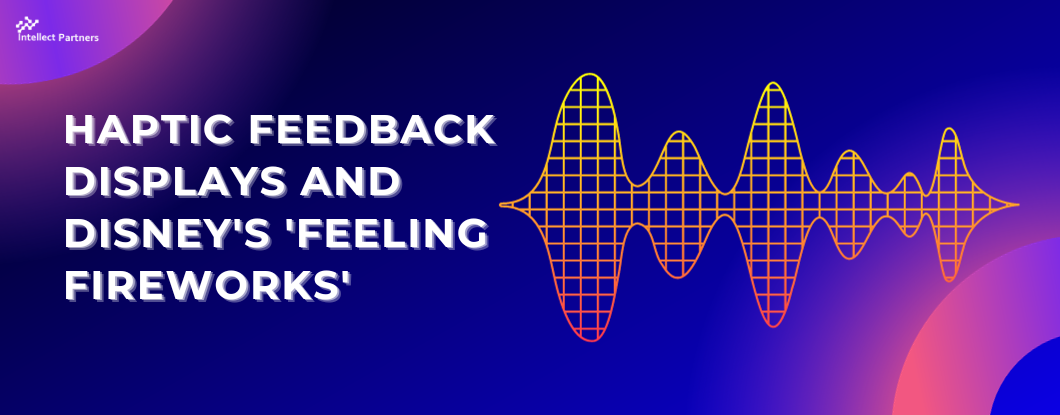HAPTICS:
Haptic technology, also known as haptics, is a technology that creates an experience of touch by applying forces, vibrations, or motions to the user. It targets the user’s sense of touch and can be used to create virtual objects in computer simulations, control virtual objects, and enhance remote control of machines and devices. Haptic devices often incorporate tactile sensors that measure forces exerted by the user on the interface.
Here are some key points about haptic technology:
- 1. Haptic technology can create haptic feedback through the application of force, vibration, and motion
- 2. It can be used in various fields such as medicine, aviation, entertainment, and more
- 3. Haptic technology has been used in video game controllers, smartphones (vibrations), and other consumer devices to provide tactile feedback
- 4. It has the potential to enhance user experiences and engagement by stimulating the sense of touch
- 5. Haptic technology has been explored in the medical field, particularly in surgical robots, to improve accuracy and reduce tissue damage
The future of haptic technology holds possibilities for more realistic and immersive experiences, but cost, power consumption, and size remain challenges
Overall, haptic technology provides a way to engage users’ tactile senses and enhance their interaction with digital and physical environments. It has applications in various industries and has the potential to create more immersive and realistic experiences.

What are Haptics feedback displays?
Haptic feedback displays are interfaces that provide tactile feedback to users through the application of forces, vibrations, or motions. Haptic feedback displays can be used in various fields such as medicine, aviation, entertainment, and more.
Here are some types of haptic feedback displays:
- 1. Surface haptics: Surface haptics provide programmable haptic effects on physical surfaces, making interfaces come to life. Surface haptics can be used to create fully programmable textures on a physical surface, allowing users to experience textures such as bumps, edges, and collisions.
- 2. Graspable haptic devices: Graspable haptic devices, such as joysticks, are used in applications like robot control.
- 3. Touchable haptic devices: Touchable haptic devices are used to create virtual objects in computer simulations and control virtual objects.
- 4. Wearable haptic devices: Wearable haptic devices are worn on the body and can be used to provide feedback to users in various applications such as gaming and sports.
Haptic feedback displays can be used to enhance user experiences and engagement by stimulating the sense of touch. They have the potential to create more immersive and realistic experiences in various industries. However, cost, power consumption, and size remain challenges for the development of haptic feedback displays.

Disney Research created fireworks display you can feel with your hands:
Disney Research has created a “Feeling Fireworks” display that offers haptic feedback, allowing visually impaired guests to experience the pyrotechnic display through vibrations they can feel. The technology consists of a latex screen mounted on a frame in front of the fireworks, which is then streamed with water through a variety of nozzles to create vibrations that simulate the sound waves and light patterns of the fireworks.
The vibrations are strong enough to be felt by a person’s hands, providing a tactile experience of the fireworks. The tactile fireworks display is for aesthetic purpose, envisioned to bring all crowd members together to enjoy the experience of feeling fireworks. However, there are no plans to implement this technology in any of the Disney parks at the moment. The technology behind Feeling Fireworks would make it possible to make large tactile screens at a reasonable price.

How does it work?
Disney Research has developed a “Feeling Fireworks” display that offers haptic feedback, allowing visually impaired guests to experience the pyrotechnic display through vibrations they can feel. Here’s how it works:
- 1. The technology consists of a latex screen mounted on a frame in front of the fireworks, which is then streamed with water through a variety of nozzles to create vibrations that simulate the sound waves and light patterns of the fireworks
- 2. The vibrations are strong enough to be felt by a person’s hands, providing a tactile experience of the fireworks
- 3. While there are no current plans to implement the technology in any of the Disney parks, the prototype has been tested on sighted users and demonstrated that the tactile effects are meaningful analogs to the visual fireworks that they represent.

Disney Researches Feeling Fireworks for the Blind:
Disney Research has developed a “Feeling Fireworks” display that offers haptic feedback, allowing visually impaired guests to experience the pyrotechnic display through vibrations they can feel.
- “Feeling Fireworks” is a tactile firework show aimed at making fireworks more inclusive for blind and visually impaired guests
- The technology consists of a latex screen mounted on a frame in front of the fireworks, which is then streamed with water through a variety of nozzles to create vibrations that simulate the sound waves and light patterns of the fireworks
- The vibrations are strong enough to be felt by a person’s hands, providing a tactile experience of the fireworks
A Patent related to the technology : US10555153B2



